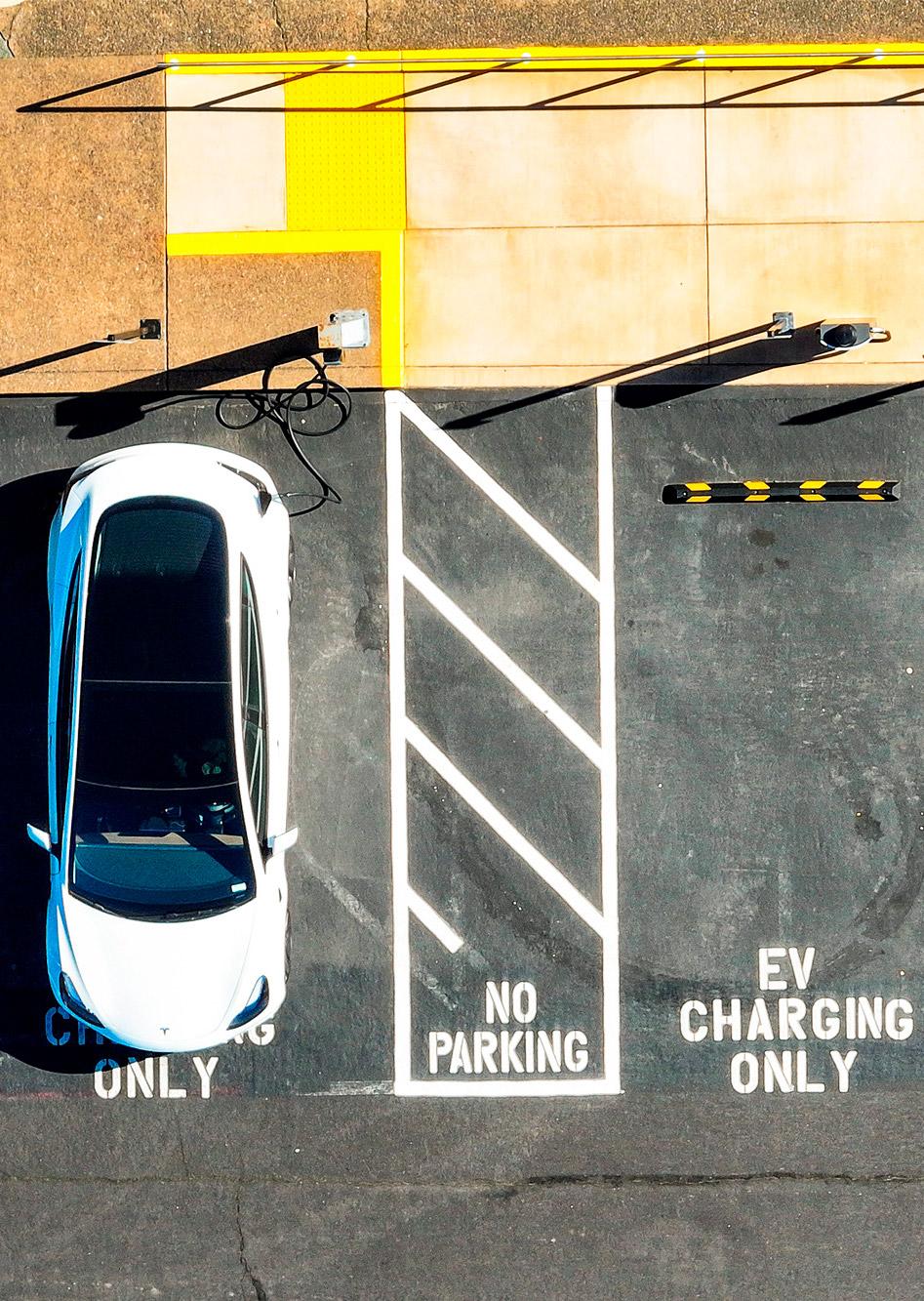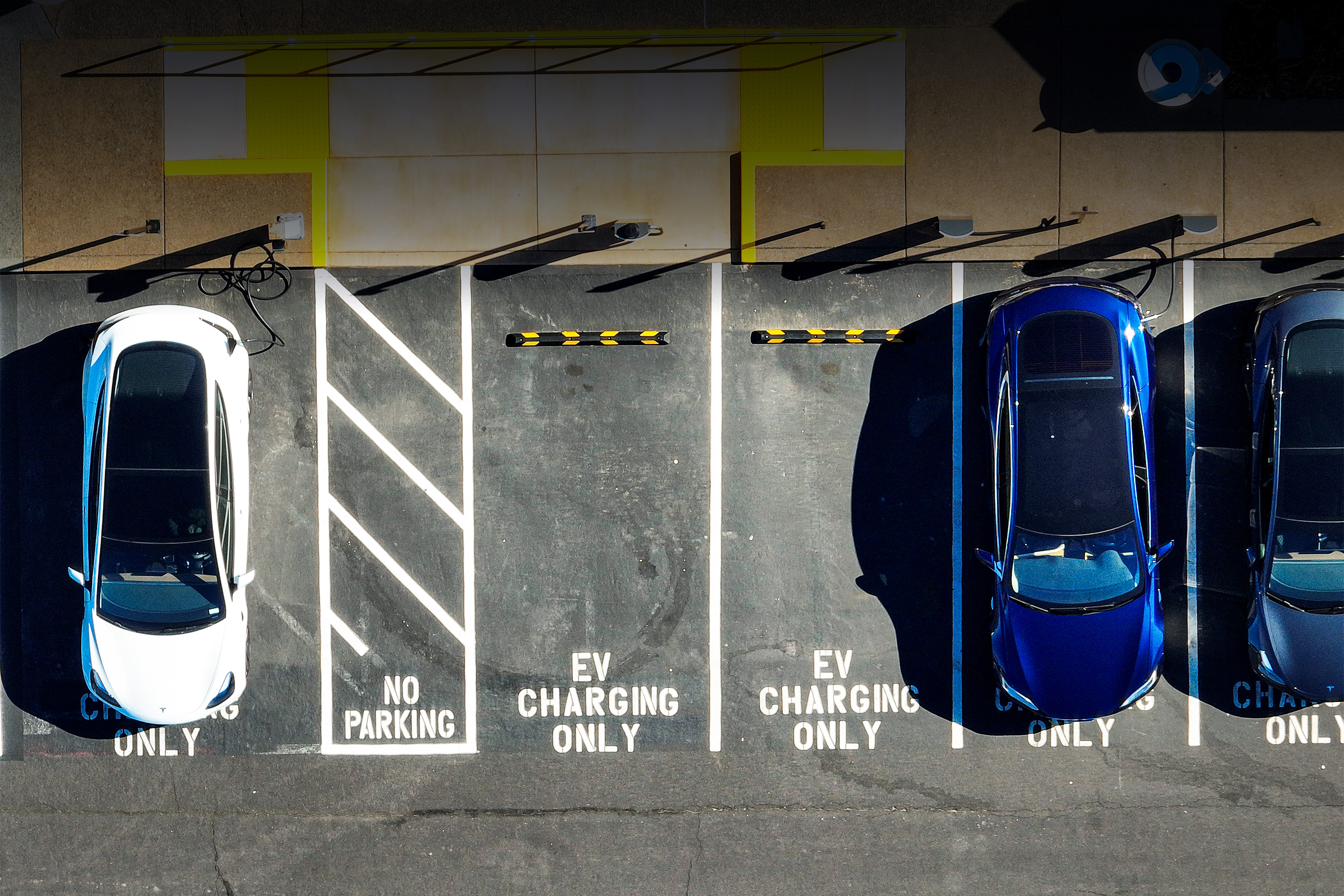Electric vehicles (EVs) are slowly gaining ground in the United States as automakers boost their range of offerings and stricter state and federal emissions laws come into effect. However, most car buyers aren’t purchasing EVs and remain highly skeptical of the technology.
With the two major parties displaying significantly different views on EVs, the 2024 presidential election will play a significant role in determining whether the rollout will pick up speed or stall.











